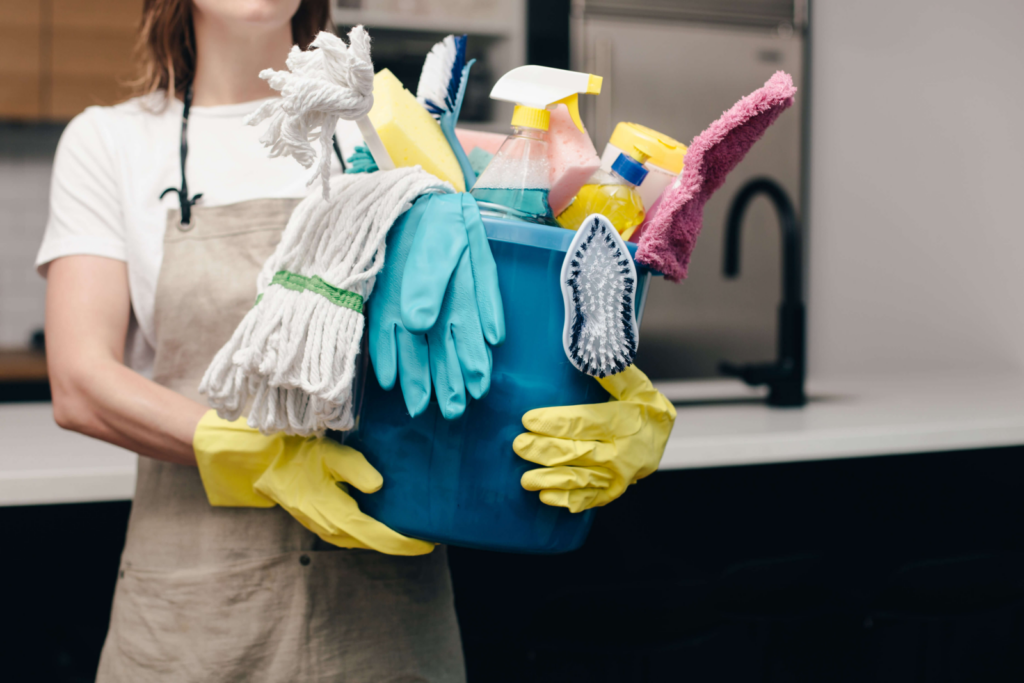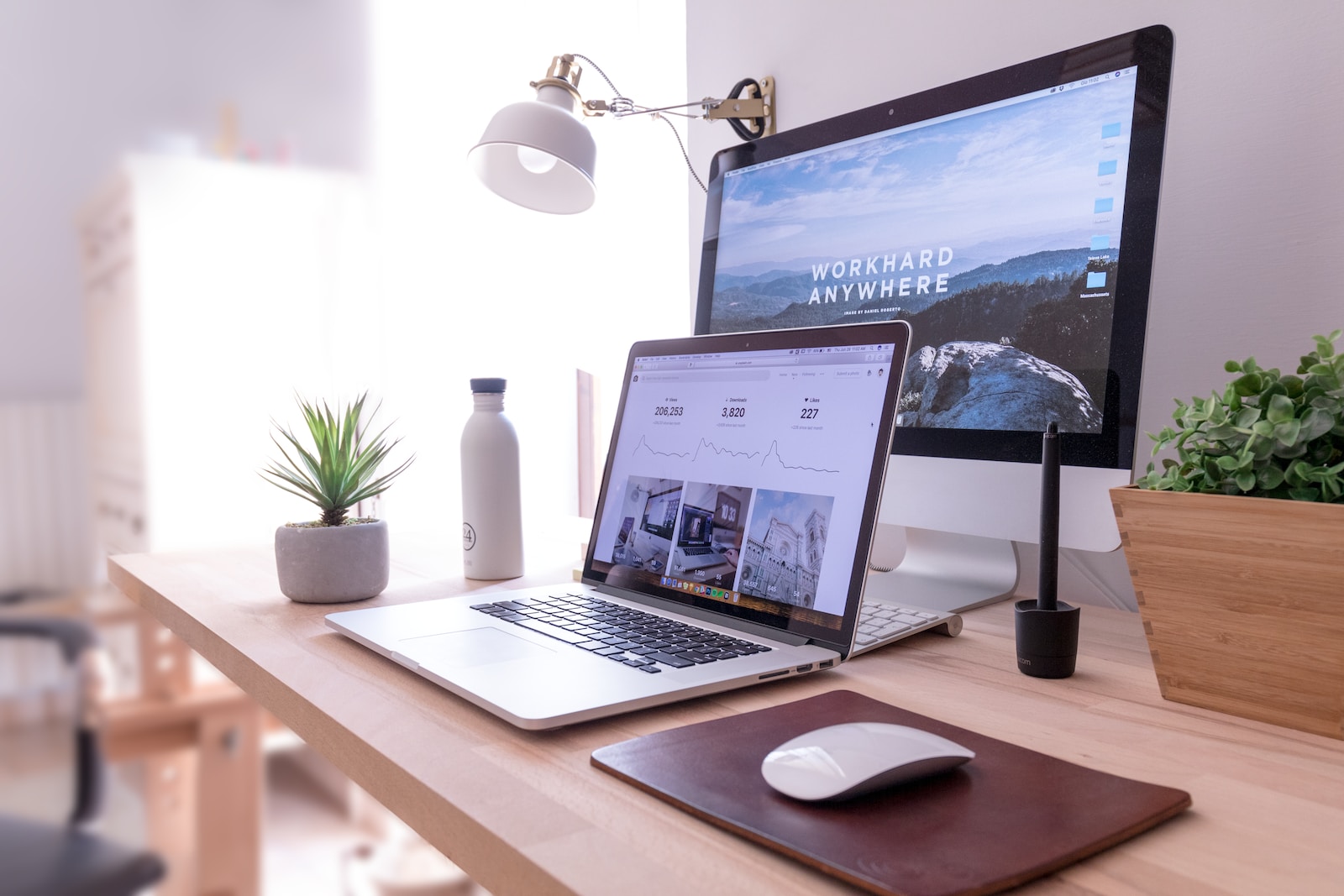Mould is not only unpleasant and looks unsightly, it can also quickly become a health hazard. This makes it all the more important to remove mould as soon as you discover it.
However, it is even better to take preventative measures to stop mould from forming in your home in the first place. In our article, you can find out the best way to remove mould and which measures help to keep your home as mould-free as possible.
What is mould and how does it develop?
The term mould actually refers to mould fungi. These are fungi that form very fine spores that are only visible under a microscope.
Mould fungi are mostly useful in nature as they help to decompose organic material. The spores themselves are distributed in the air and can be found in low concentrations almost everywhere. However, visible mould in the home only occurs when new fungi grow from the spores.
Moist areas provide ideal growth conditions for the spores. The most frequent infestation is therefore in the Bathroom as there is a very high level of humidity here.
The risk of mould: how dangerous is mould really?
Unfortunately, mould has a high allergic potential. Specifically, this means that mould can trigger allergies and itself leads to allergy symptoms.
Typical signs are watery eyes, a runny nose and frequent sneezing or coughing. The health risk is particularly high if you already suffer from hay fever, as respiratory diseases can develop quickly.
However, it is not only your own health that suffers from mould, but also the fabric of the building. Mould is able to settle deep in joints and can therefore only be removed later with great effort.
Tip: It is important to remove mould in the home as quickly as possible to prevent it from spreading further. The sooner you act, the easier it will be.
Remove mould: succeed with these tips!
To remove mould, it is best to work with protective equipment. This consists of waterproof gloves (preferably disposable) as well as a respirator (FFP3 mask) and safety goggles.
As many spores are released during the removal process, you should not neglect your protection. Therefore, always work with the windows open, wash your clothes afterwards and take a shower to remove all spores.
Mould removal products
The following products are suitable for removing mould:
- Mould remover: Special mould removers have a very effective effect and provide long-lasting protection. However, they are also more aggressive than most household remedies and should therefore only be used sparingly.
- 70%-pure alcohol or vinegar essence: Alcohol, like vinegar (in concentrated form), is able to kill mould. Please note, however, that only smooth walls (e.g. tiles) are suitable for the use of vinegar essence.
- Steam cleaner: Joints in the bathroom can be cleaned quite well with steam. However, this method only helps superficially. If the infestation is deeper, the mould will quickly become noticeable again.
Due to the relatively inexpensive purchase and the good results, they are particularly suitable for Chemical cleaners to remove mould.
Procedure for removing mould
To effectively remove mould (in the bathroom), proceed as follows:
- Spray the affected areas generously with mould remover.
- Allow the foam to work in. Depending on the cleaner used, this may take several hours.
- Then rinse off the residue with plenty of water.
- You can now remove any remaining residue with a sponge and rinse again.
Tip: Many cleaners can also be used as a preventative measure. You can therefore spray the spray again afterwards on the supposedly clean joints where mould can best settle. This will prevent mould infestation again, at least for the time being.
If there is mould on the wallpaper, you should peel it off at the affected area to check the wall for mould. Before you take any further action, it is important to know the cause.
Very small areas of mould where you know the cause can be removed with mould remover and a cloth (which you then dispose of).
To remove mould from furniture, it is best to take the furniture outside to work on it. A mould remover, which you spray on directly, leave to take effect and then rub off, will also help here.
Please note that all cleaning agent residues must be thoroughly removed afterwards. caution: Test the material compatibility in advance on a non-visible area of the furniture. As mould mainly forms on the back, minor discolouration can usually be tolerated here.
Attention: Test the material compatibility in advance on a non-visible area of the furniture. As mould mainly forms on the back, minor discolouration can usually be tolerated here.
Preventing mould: What tips help to prevent mould from developing in the first place?
We have summarised the most important measures you can take to protect yourself and your health:
- Ventilate: Ideally, you should air the entire home twice a day (morning and evening) for around 5 to 10 minutes. You should also air the bathroom when you have showered or bathed. The same applies to the Kitchenwhich should be aired after cooking. This allows the excess moisture in the air to escape quickly.
- Heating: The higher the temperature in living spaces, the less likely it is that mould will form. Even in rooms that are not in use, it should therefore be at least 16 degrees. The highest temperature generally applies in the bathroom, which should be around 23 to 24 degrees. Warm air can store more moisture, preventing damp patches from forming.
- Cleaning: Ensure regular cleaning (especially in the bathroom) to effectively prevent mould and make it more difficult for spores to settle.
Tip: Any structural defects should be rectified immediately to prevent major damage.





